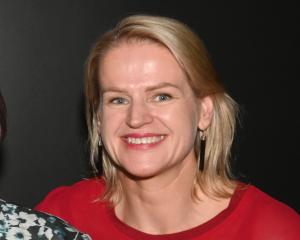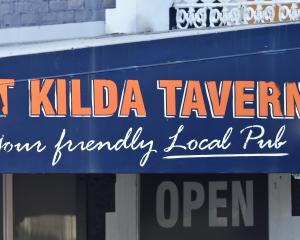The national body held its annual meeting in Dunedin yesterday with Mr McLauchlan, of Dunedin, being succeeded as president by Michael Stiassny, of Auckland.
Raising the institute's profile, increasing its credibility among key influencers and upping the advocacy output had been central to the institute's added value to members in the past 12 months, Mr McLauchlan said in an interview.
Key achievements, such as the introduction of the chartered membership pathway, the establishment of the governance leadership centre and the increase in training opportunities and strategic partnerships now provided through the institute's commercial arm, were taking effect.
''Members can expect to continue to reap the benefits of these initiatives in the future.''
The institute aimed to create a wider pool of qualified directors through its training programmes and the increased numbers going through the programmes run in Dunedin was a good example of that, he said.
Increased diversity had become a key institute objective - including diversity across gender, age and ethnicity.
Members had shown enthusiasm towards the new membership pathway, Mr McLauchlan said.
''It's a very strong move to further increase the professionalism of directors with the chartered designation, offering members the opportunity to demonstrate to the market they have met professional standards of knowledge, are of good character and have the skills to carry out their duties as a director.''
The programme would be a key initiative in ensuring members continued to understand what it meant to be a director in today's business environment, he said.
Part of the training was aimed at having New Zealand directors serving on Australian boards.
When the New Zealand rules were changed, Australian directors could be on New Zealand boards.
Mr McLauchlan wanted it to work both ways.
The annual report showed there were 6838 members of the institute at balance date, up 9% on 2013. Of the new members, 67% were men and 33% were women.
The membership split at December 31 was 74% men and 26% women.
The highest number of members were in the 50-59 age bracket (36%) followed by 40-49 (27%) and 60-69 (22%).
At balance date, the institute had $1.12 million of accumulated funds, down from $1.62 million in 2013.












